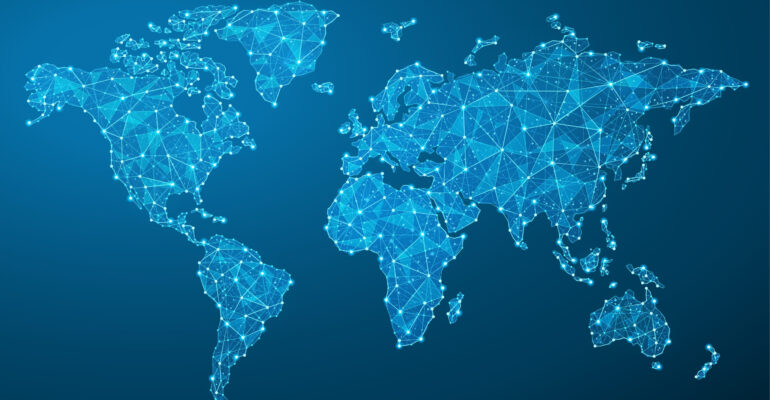Preparing for Geopolitical Threats: What Credit Unions Need to Know

Preparing for Geopolitical Threats: What Credit Unions Need to Know
There is growing concern that Iranian cyber operations could intensify in response to U.S. involvement in Middle East conflicts, reflected in a recent CISA advisory. These aren’t just speculative risks. Iranian state-sponsored actors have a proven history of combining psychological operations with cyber sabotage to create disruption, sow confusion, and generate fear.
For credit union leaders, the implications are serious. Iran’s cyber campaigns often target critical infrastructure and institutions with high symbolic or geopolitical value, from water systems and energy grids to healthcare networks. Financial institutions, especially those perceived as connected to intelligence or defense partners, are also at risk. Even small or regional systems may become targets, not for financial gain, but for the message their disruption sends to the American public.
In this post, we’ll examine the tactics Iran uses, how they compare to other nation-state threats, and the specific steps credit unions can take to harden their defenses against these increasingly sophisticated attacks.
Actions Credit Unions Can Take
Credit unions should implement a proactive, multi-layered defense strategy in light of the increased threat landscape, particularly in light of Iran’s history of targeting financial institutions. Below is a summary of the most important steps:
- Examine your network hygiene. Conduct internal threat hunts for backdoors or dormant malware, particularly in light of concerns about Iranian “cyber sleeper cells” that may already be present in networks.
- Check all internet-accessible systems for default credentials and unpatched vulnerabilities.
- Segment networks to restrict lateral movement and isolate important systems.
- Make Access Controls Stronger
- Make sure all systems have multi-factor authentication (MFA).
- Turn off any unused remote access tools (like RDP or VPNs) or impose stringent access controls on them.
- Change and strengthen passwords, particularly for accounts with special access.
- Employee Awareness & Simulation: To teach employees how to spot social engineering, start phishing simulation campaigns.
- Train staff members on vishing and smishing techniques, which are increasingly being used to target individuals in vulnerable positions.
- Sharing Intelligence in Real Time
- Participate in the NCU-ISAO to exchange and receive threat intelligence.
- Consult the FBI, DHS, and CISA for the most recent advisories and indicators of compromise (IOCs).
- Resilience & Incident Response: Evaluate and test incident response plans by simulating DDoS or ransomware situations.
- Verify that offline backups are up to date, encrypted, and regularly tested for restoration.
- Create templates for public communications in the event of a data breach or service interruption.
- DDoS Mitigation: For DDoS protection services, collaborate with cloud or ISP providers.
- Keep an eye out for unusual traffic patterns and configure rate-limiting settings on web servers and firewalls.
- Risk to Vendors and Third Parties
- Evaluate the cybersecurity posture of third-party vendors, particularly those with access to systems or sensitive data.
- Demand incident reporting procedures and security attestations in contracts.
Persistence, stealth, and symbolic targeting define Iranian cyber actors, and in today’s landscape, resilience matters more than defense alone. For credit unions, the stakes go beyond data breaches. Attacks can disrupt your operations, erode member trust, and ripple across critical infrastructure. A strong incident response plan, tested backups, and clear communication protocols are no longer optional; they are essential.
Need help evaluating your business continuity or incident response plan? Let’s talk.
